Description
INDICATIONS
“Ultropaline” ceramics is used to restore teeth defects, which are not subject to less invasive treatment.
- to make porcelain crowns, inlays / overlays and bridges to the any group of teeth.
- for the manufacture of artificial teeth for full and partial dentures, crowns and bridges.
ADVANTAGES
- “Ultropaline” ceramic material has phase content, coefficient of thermal expansion, particle size distribution and firing parameters similar to many popular brands of dental porcelain, like IPS-classic, Duceram, Vita-VMK, Synspar and other. It allows successful usage of “Ultropaline” ceramics in any combination with many other kinds of metal-ceramic materials with no loss in quality of fabricating prosthesis.
- An outstanding strength of “Ultropaline” ceramics allows its usage in fabrication of durable prosthetic appliances with sufficiently thinner layer of ceramics.
- Time-tested. Reported clinical cases of successful operation and prosthesis in the patient’s mouth during than 17 years.
- The system of the shades VITA-LUMIN.
- Wide types and shades of “Ultropaline” ceramic materials: dentine, opaquer, opaquer-dentine, enamel, transparent enamel. To reproduce of dentine and enamel shades of teeth, translucency of young or senile decalcified teeth, microfractures of enamel, deep pigmentation, fissure coloration and opalescence and fluorescence of natural teeth.
- Wide assortment of paints and modeling liquids.
- Wide assortment of”Ultropaline” Paint Glazes for recreate characterize sets of tooth.
- FLUORESCENT and OPALESCENCE. “Ultropaline” materials (all the dentines and enamels) are fluorescent and opalescence like natural tooth.
- “Ultropaline” ceramic perfectly retains the color.
- “Ultropaline” ceramic is durable and firmness.
- “Ultropaline” ceramic is chemically inert and, thus, harmless.
- Unbeatable “quality-price”.
PHYSICAL PROPERTIES
HIGH STRENGTH – “Ultropaline” dentin has shown its breaking point at 105 – 110 МPа and “Ultropaline” transparent at 115 – 125 МPа
OPAQUER-METAL BOND STRENGTH – for NiCr and CoCr alloys is 37 ± 2 MPa!
PHASE CONTENT – Microstructure of “Ultropaline” ceramics is presented by leucite microcrystallites dispersed in glass matrix. Size of leucite microcrystallites and their distribution over glass matrix determine the strength of material and its ability for abrasion of antagonist natural teeth. The lesser leucite particle size increase strength of material and lowers of abrasion effect on antagonist teeth.
PARTICLE SIZE DISTRIBUTION
– 50 % of its particles are smaller 33 µm in size, and 12 – 15 % are less than 5 µm
This characteristic determines shrinkage of the material during firing, as well as its porosity, translucency and rheological properties (behavior while modeling).
This characteristic for “Ultropaline” ceramics is similar to the one for many popular brands of porcelain. Such particle distribution lowers shrinkage of the material during firing. “Ultropaline” ceramics does not require substantial condensation while modeling and allows obtaining after sintering the coating sufficiently high transparency and without shrinkage cracks even with a slight compaction.
THERMAL EXPANSION – The coefficient of thermal expansion for dentine of “Ultropaline” ceramics changes from 13.4 • 10-6 K-1 to 13.6 • 10-6 K-1 – 13.7 • 10-6 K-1after 5 successive firings.
Thermal expansion characteristics of “Ultropaline” ceramics allow its successful usage in combination with dental alloys with coefficient of thermal expansion values between (13,7 – 14,3) • 10-6 K-1 with no danger for the material to crack after 5 firing cycles, which is usually possible due to the difference of thermal expansion characteristics for ceramics and metal.
Thermal expansion characteristics of “Ultropaline” ceramics allow its successful usage in combination with dental alloys of various brands, such as Denta, Remanium 2000, Remanium 2001, Remanium Star, Remanium CE, Heranium AN, Heranium S. Rexillium CD, Wiron 88, Wiron 99, Wirobond, Microlit N, Nicor and others with coefficient of thermal expansion values between (13,7 – 14,3) • 10-6 K-1.
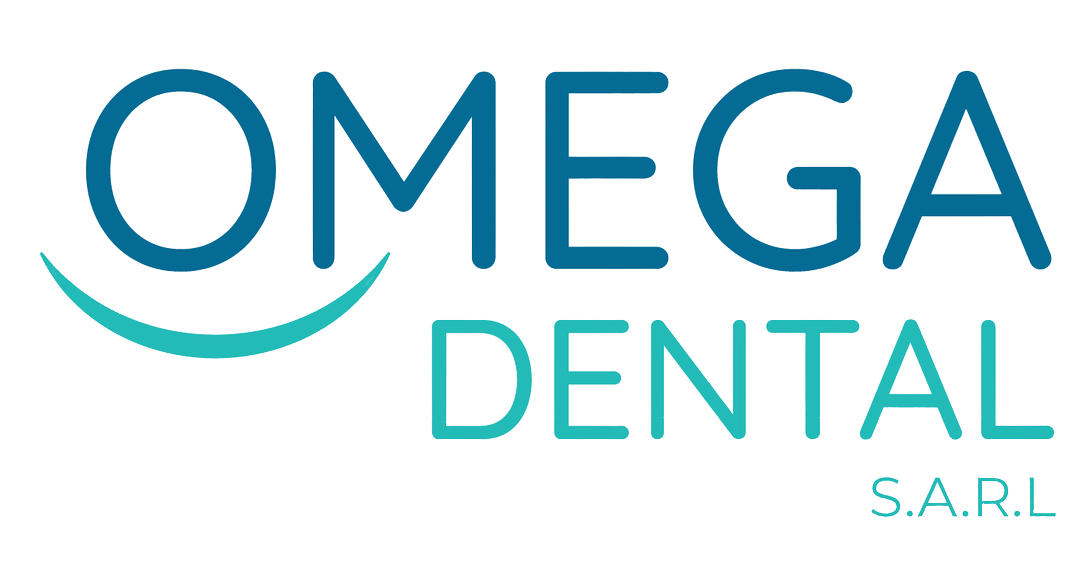

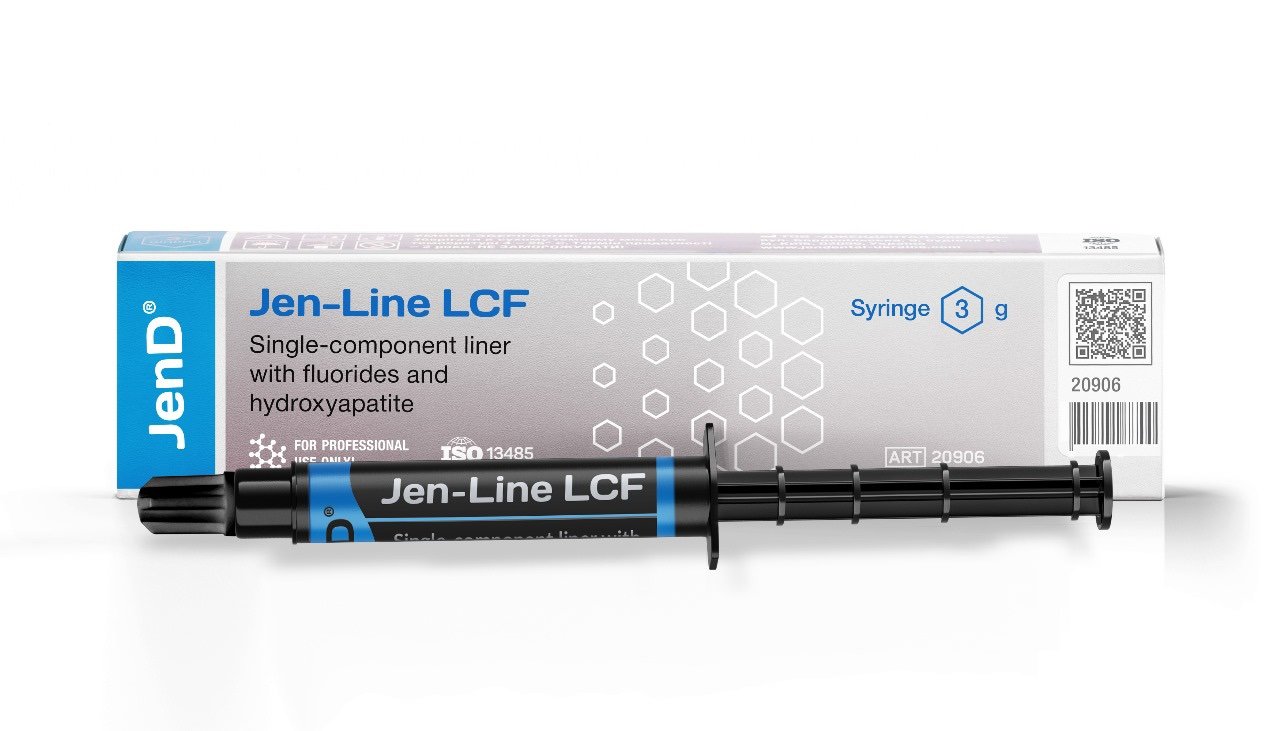
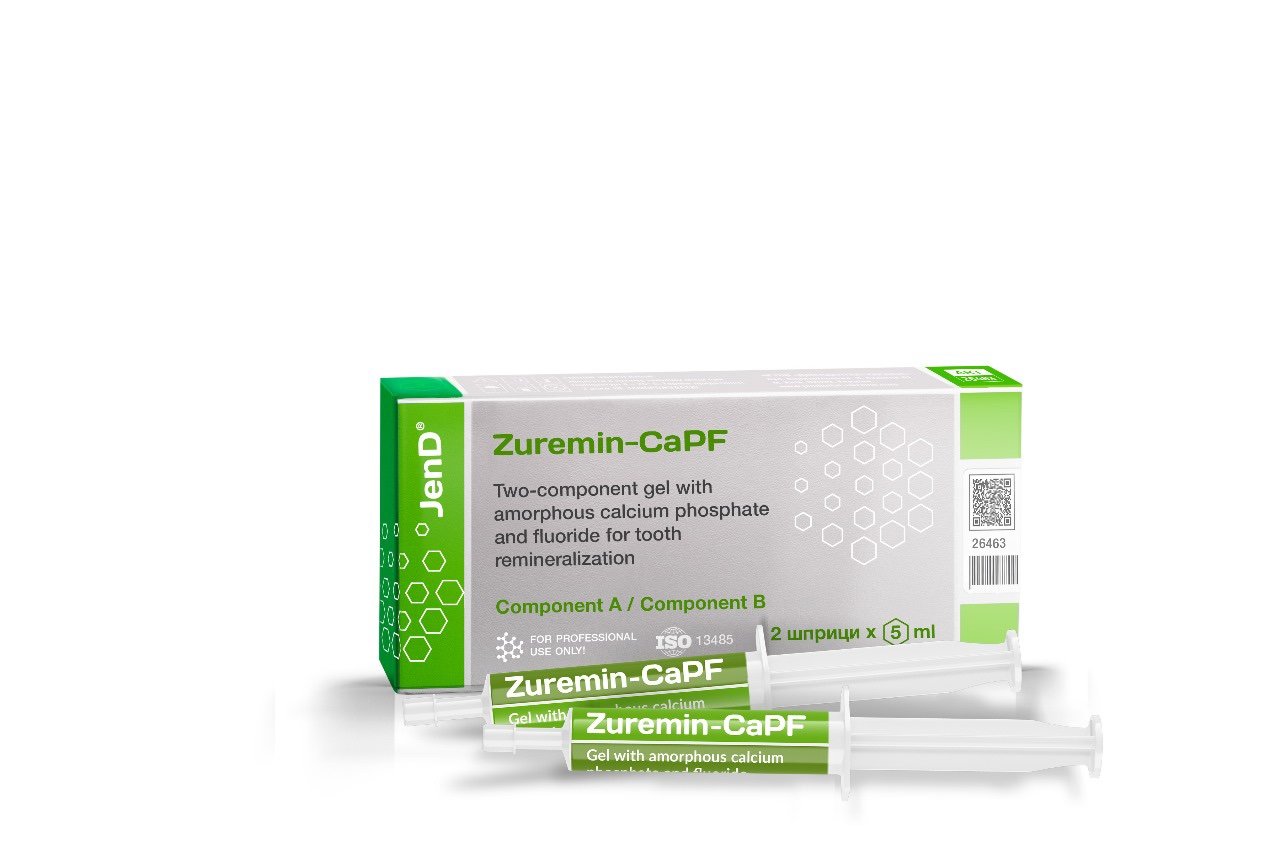
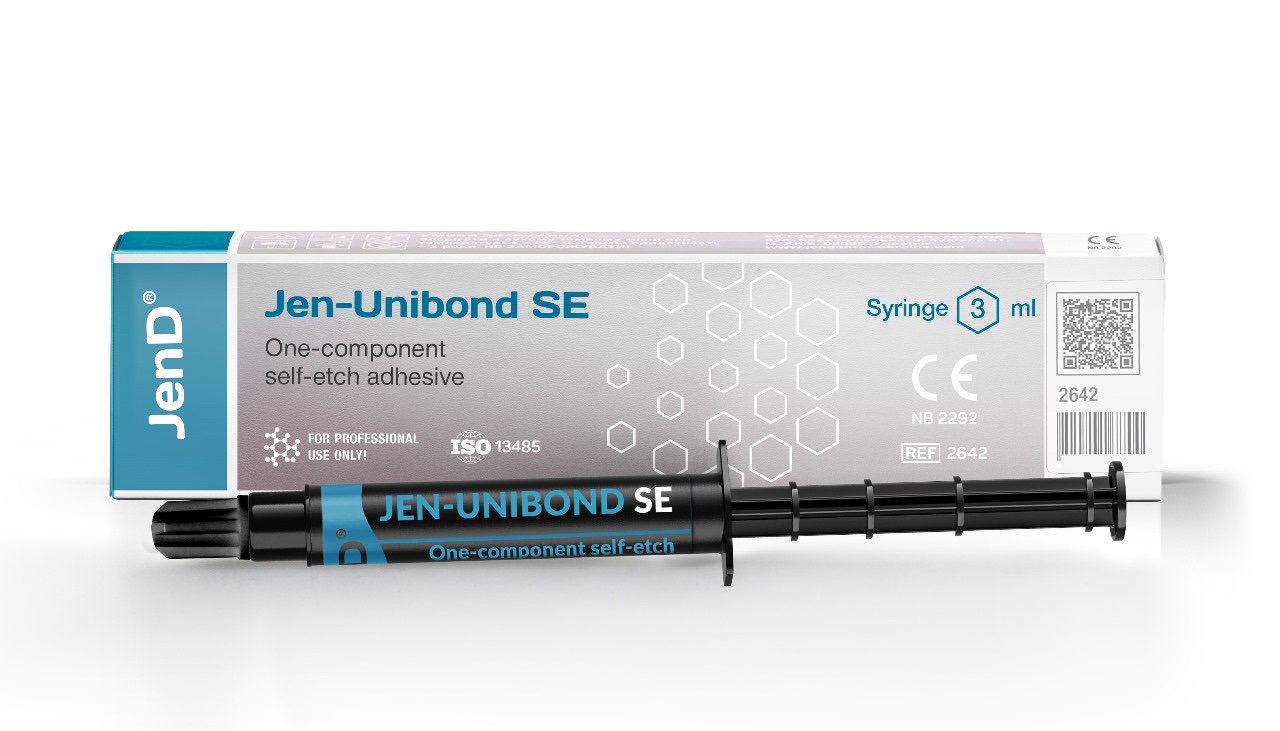
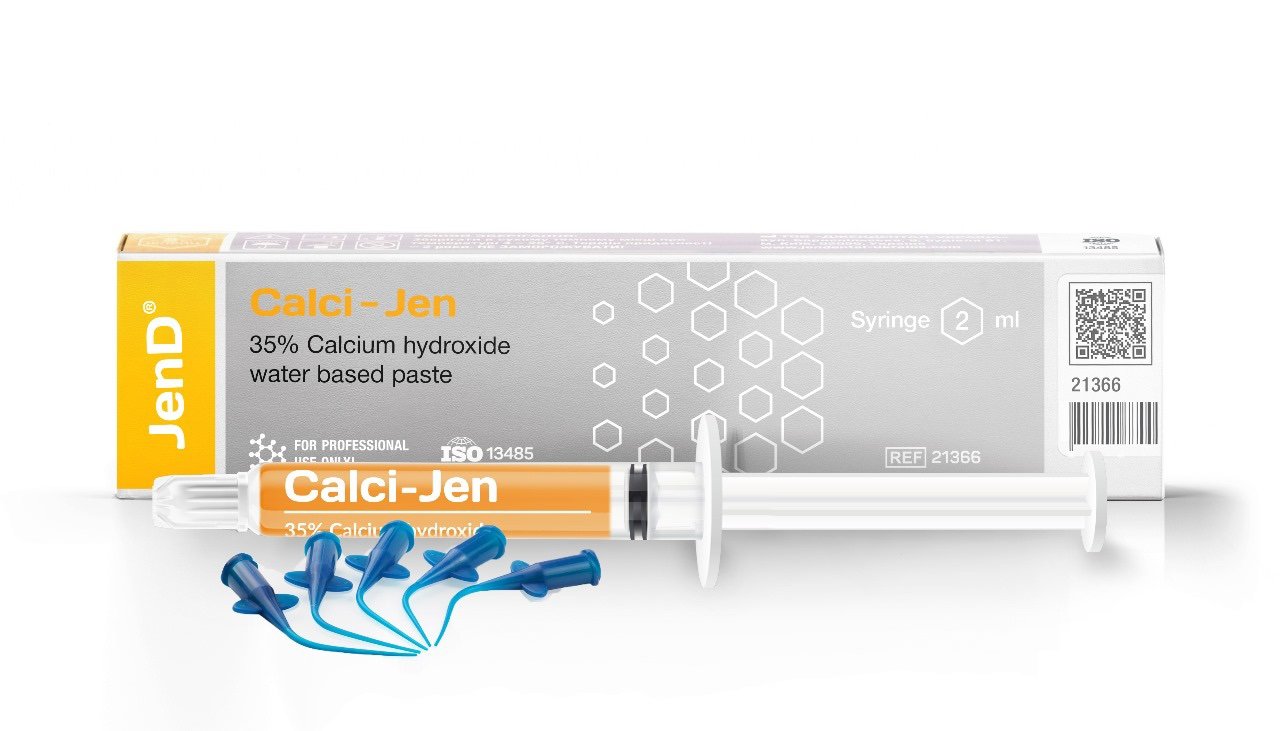
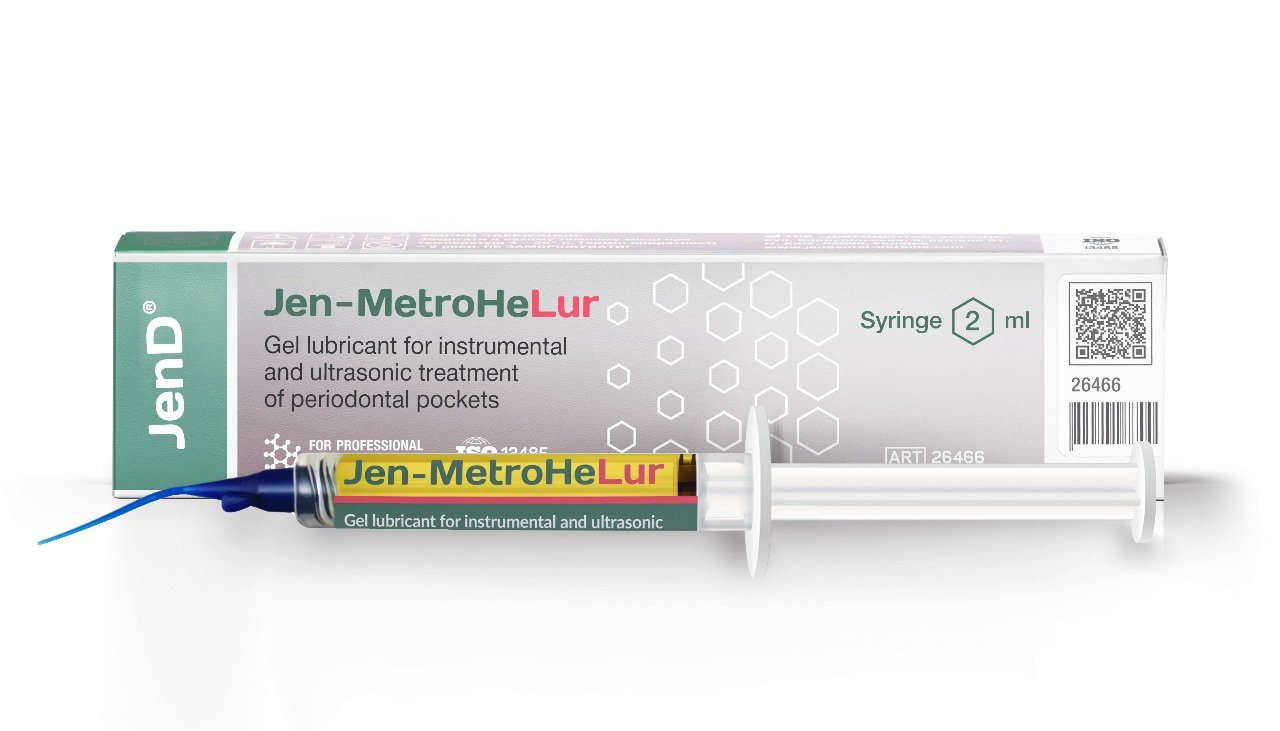
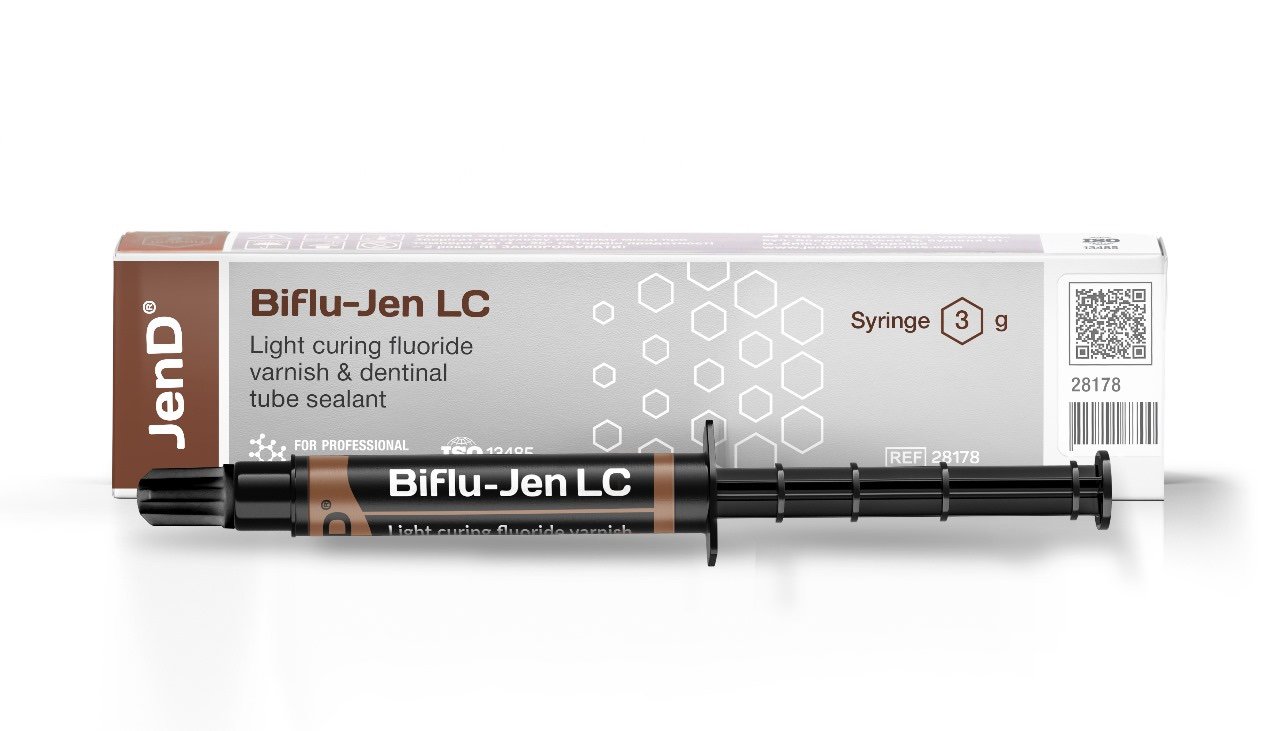
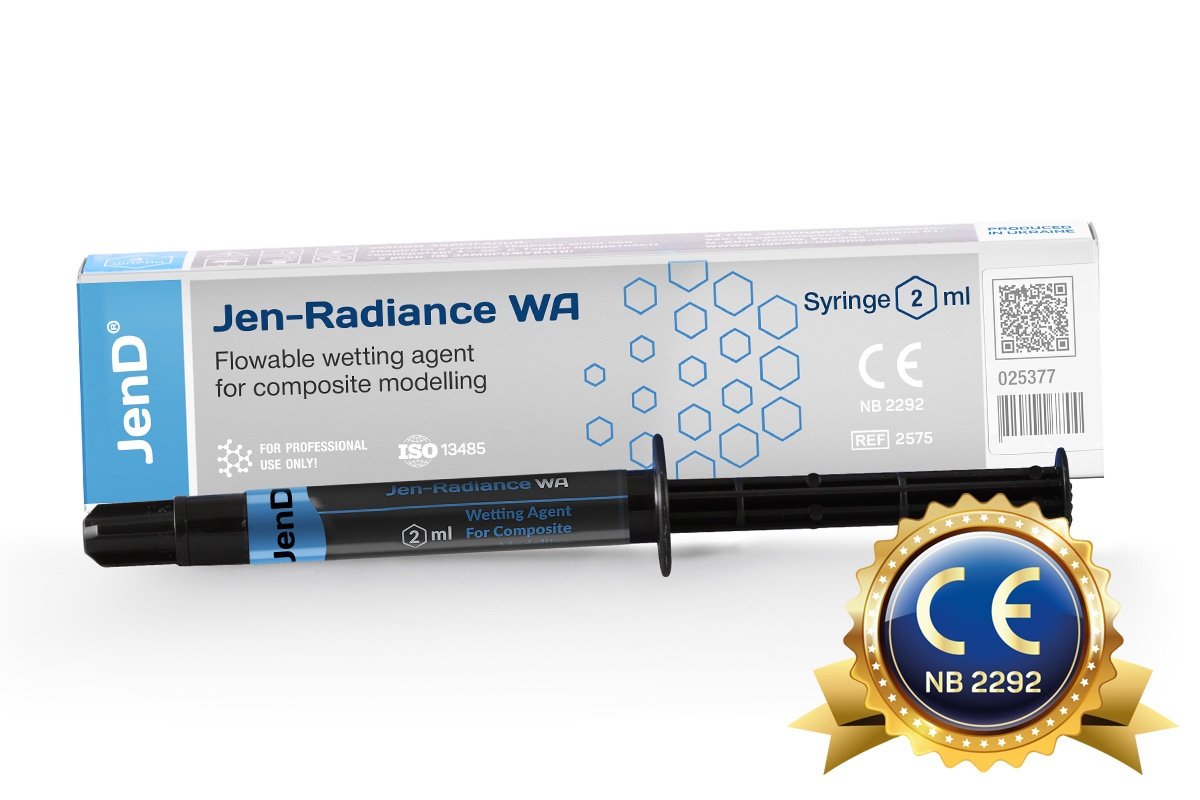
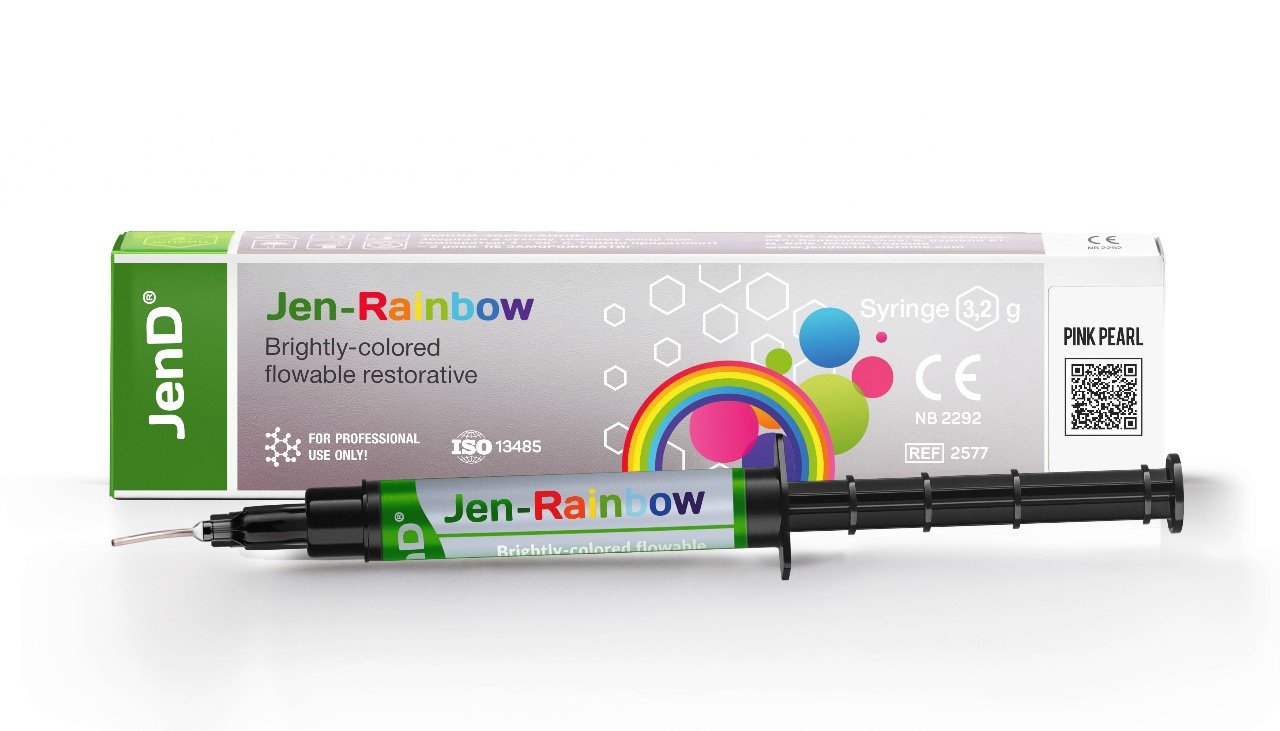
Reviews
There are no reviews yet.